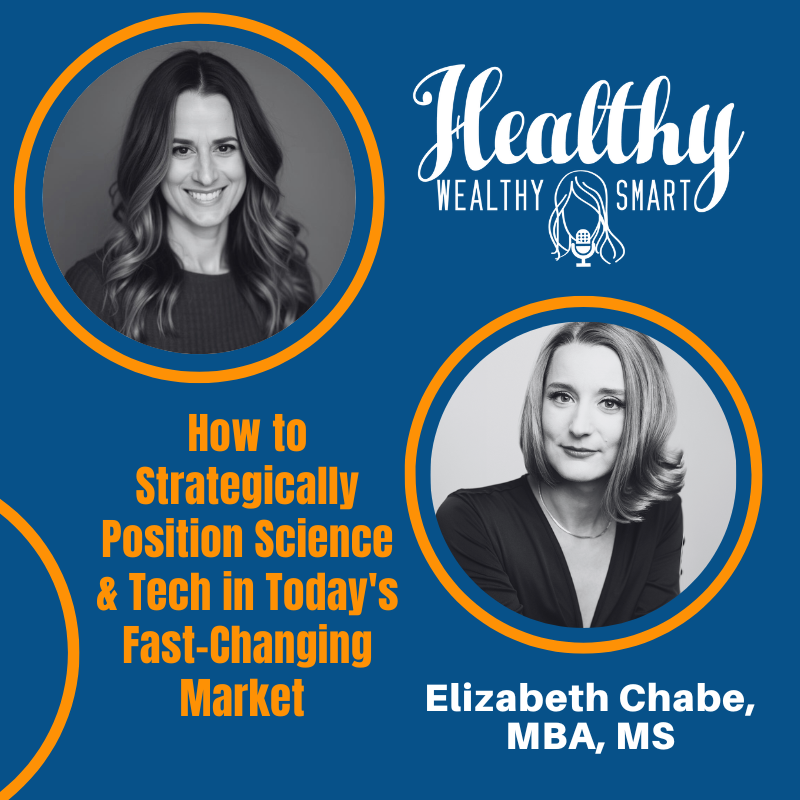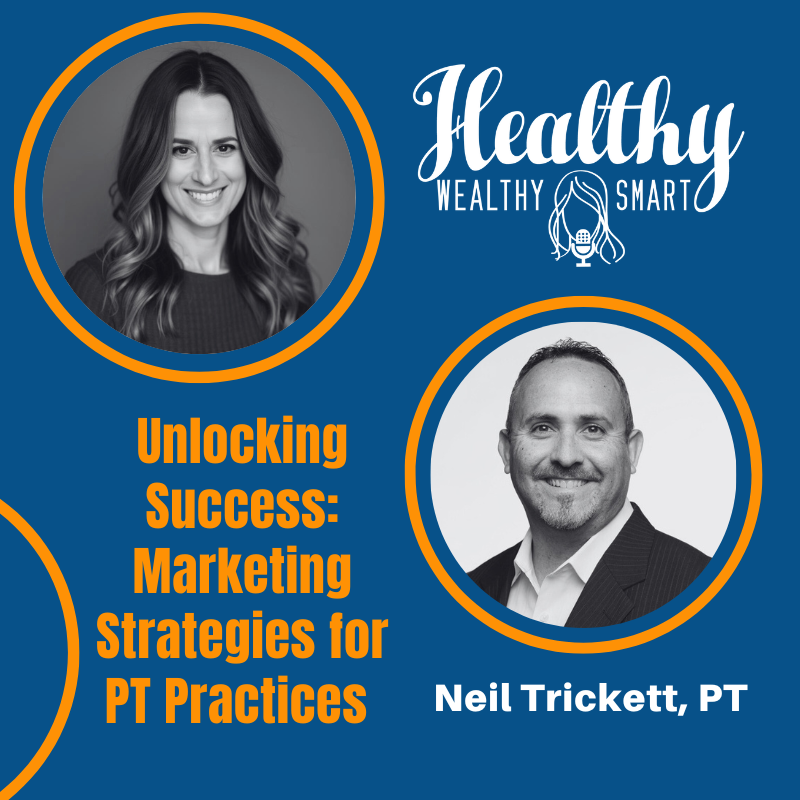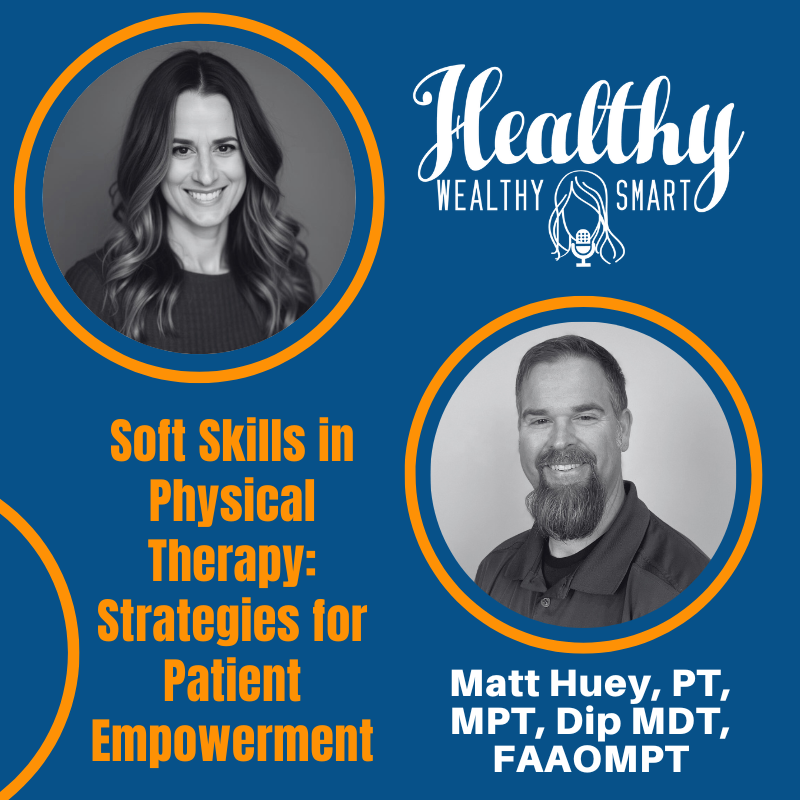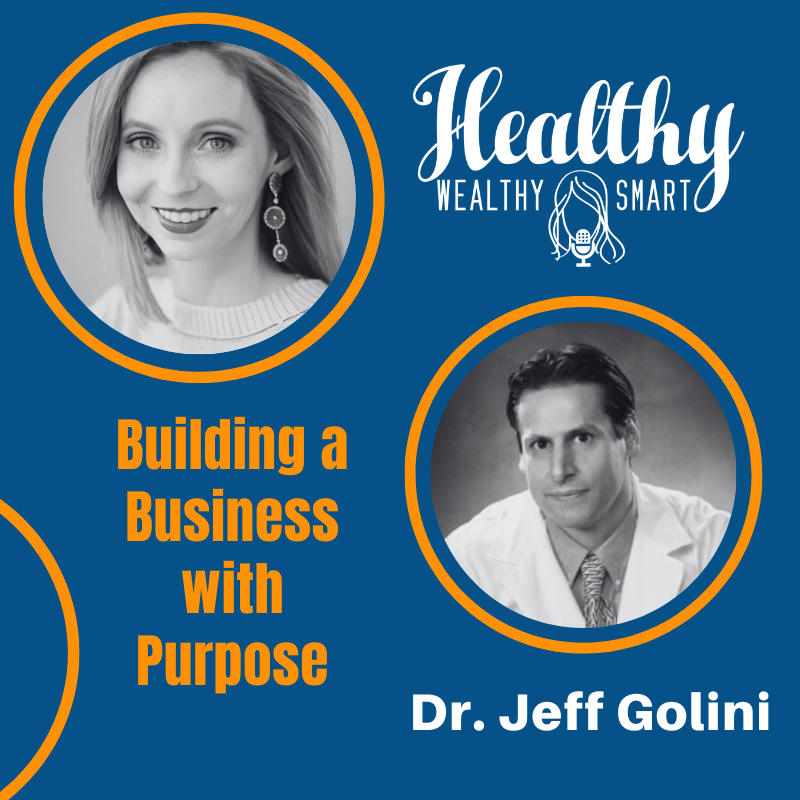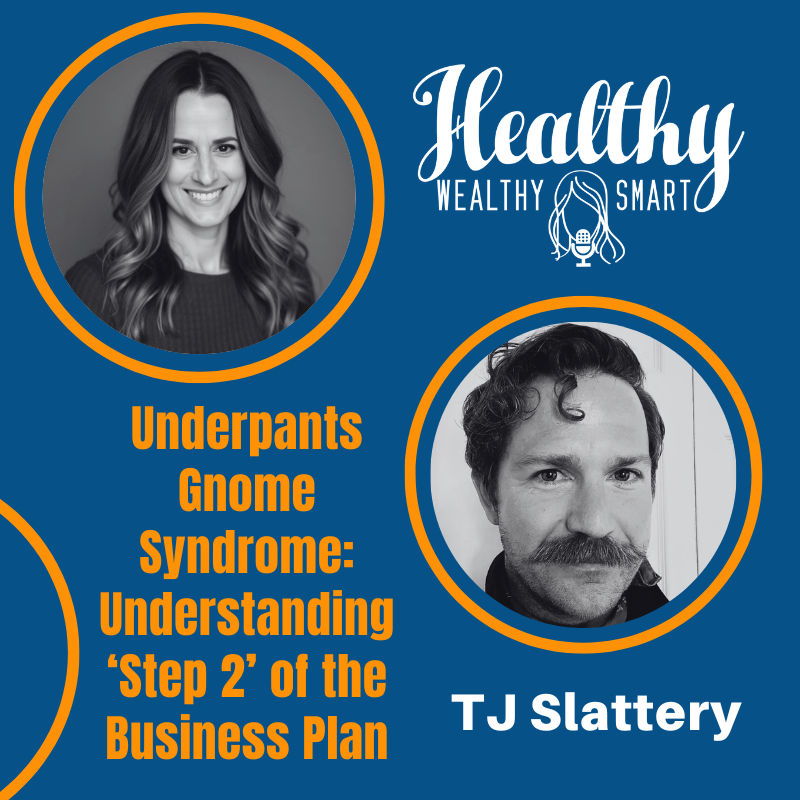594: Dr. Joanne Kemp, PhD: How to Manage Hip Pain in Young Adults
Description
In this episode, Principal Research Fellow at Latrobe Sport and Exercise Medicine Research Centre, Dr Joanne Kemp PhD, talks about hip pain treatment and research.
Today, Joanne talks about the common causes of hip pain, the difference between men’s and women’s hip pain, and the outcomes for patients that “wait and see”. How can PTs design and conduct evidence-based treatment programs?
Hear about treating overachievers, referring out and using other treatments, and the upcoming Fourth WCSPT, all on today’s episode of The Healthy, Wealthy & Smart Podcast.
Key Takeaways
- “It’s important that patients understand that exercise is good for them and is not going to cause damage.”
- “With any strengthening program, you only need to do it 2 or 3 times a week to be effective.”
- “It’s probably going to take 3 months for our rehabilitation programs to reach their full effect.”
- “If you don’t get it right the first time, and if it takes you a little while to find your space, that’s actually okay, because it’s about the long journey, and you’ll get there eventually.”
- “Don’t stress about failure. It’s about what you learn from that failure and how you adapt and change what you do.”
More about Joanne Kemp
 Associate Professor, Dr Joanne Kemp, is a Principal Research Fellow at Latrobe Sport and Exercise Medicine Research Centre and is a titled APA Sports Physiotherapist of 25+ years’ experience.
Associate Professor, Dr Joanne Kemp, is a Principal Research Fellow at Latrobe Sport and Exercise Medicine Research Centre and is a titled APA Sports Physiotherapist of 25+ years’ experience.
Joanne has presented extensively on the management of hip pain and hip pathology in Australia and internationally. Her research is focused on hip pain including early onset hip OA in younger adults, and its impact on activity, function, and quality of life. She is also focussed on the long-term consequence of sports injury on joint health. She has a particular focus on surgical and non-surgical interventions that can slow the progression and reduce the symptoms associated with hip pain, pathology, and hip OA. Joanne maintains clinical practice in Victoria.
Suggested Keywords
Healthy, Wealthy, Smart, Pain, Hip Pain, Pain Management, Injuries, Research, Osteoarthritis, Exercise, Physiotherapy, WCSPT,
To learn more, follow Joanne at:
Email: j.kemp@latrobe.edu.au
Website: https://semrc.blogs.latrobe.edu.au/
Twitter: @joannelkemp
4th World Congress of Sports Physical Therapy.
Subscribe to Healthy, Wealthy & Smart:
Website: https://podcast.healthywealthysmart.com
Apple Podcasts: https://podcasts.apple.com/us/podcast/healthy-wealthy-smart/id532717264
Spotify: https://open.spotify.com/show/6ELmKwE4mSZXBB8TiQvp73
SoundCloud: https://soundcloud.com/healthywealthysmart
Stitcher: https://www.stitcher.com/show/healthy-wealthy-smart
iHeart Radio: https://www.iheart.com/podcast/263-healthy-wealthy-smart-27628927
Read the Full Transcript Here:
Hey, Joe, welcome to the podcast. I'm so happy to have you on. I've been wanting to have you on this podcast for such a long time. So thank you so much.
Thanks, Karen. It's great to be here, finally.
And of course, today we're going to be talking about hip pain, hip pathology, that is your zone of genius. So let's just dive right in. So let's talk about some common causes of hip pain in adults. And does this differ between women and men?
Yeah, look, it's a great question. And I think probably, we, I think we're starting to change our perspective on that difference between men and women and the causes of hip pain. I think that previously, we've sort of been very aware of the burden of hip pain in men and particularly young male athletes that there's been, you know, a growing body of research that's looked at at the prevalence and burden and causes of hip pain in young men. And probably that's led to a misconception that it affects men more than women. But it's only really that the research has been done in men, less and less so in women, like we see across, you know, the whole medical space. So if we think about the common causes of hip pain across the lifespan, when we're looking in sort of the adolescent and young adult population, you know, typical causes can be things like hip dysplasia, and that's actually is more common in women or young girls and women than boys and men so probably affects three times as many girls and women as it does men. And I think the prevalent when we're you know, the prevalence is perhaps higher than we previously thought. So, some studies are suggesting that up to 20% of adults have some form of hip dysplasia are shallow, hip socket shallow, so turbulent, and, and that that does lead to an increased risk of developing hip osteoarthritis in later life in later life. And even as young adults, sometimes we see patients with hip dysplasia, presenting with arthritis who need to go to hip replacement at a really young age in their 20s and 30s. So, hip dysplasia is a really common one. Another one that we've heard a lot about in the last 10 years is femoral acetabular, impingement syndrome, or FAI syndrome. So that's traditionally thought to be where there's impingement between the ball and the socket, either due to extra bone on the ballpark of the hip, which is can morphology or deep or retroverted socket, which has pencil morphology. And that's probably where a lot of the studies have been done, particularly in that young male adult adult population. But what we're now seeing when we look at the big cohorts, particularly of patients that end up presenting to hip arthroscopy is that it's about 5050. It's about 50% men and 50% women. So that burden is pretty equal across men and women. And that's another thing that does lead to an increased risk of hip osteoarthritis in later life. But the risk is not quite as high in FAI syndrome as it is in hip dysplasia. And it certainly is, it tends to be a slower burn. So these patients present for their hip replacements probably in their 50s and 60s, whereas hip dysplasia, we're seeing these patients in their 20s and 30s, with hip osteoarthritis. So that's probably the second most, the you know, the second cause in that younger age group. Then as we move into older adults, so sort of, you know, people 35 Plus sort of middle aged and older adults, that's where we really see hip osteoarthritis presenting itself, and it can be due to dysplasia or FAI syndrome. But it can also just sort of be that idiopathic arthritis that might be due to occupation, lots of different things. And again, that's reasonably equal men and women, but we do see women probably having a little bit more arthritis than men and more women going to hip replacement than men. And the outcomes for hip replacement are not as good in women as they are in men. So that burden is still probably skewed towards being higher in women than men. And then the other cause of hip pain that we see particularly in the middle age and older women is other gluteal pathologies or lateral hip pain, sometimes called you know, TRAQ, enteric, besides gluteal, tendinopathy, gluteal tendinitis, it has lots of different names. But that's a burden that definitely disproportionately affects women, over men. And particularly, once women get into that perimenopause, or menopause or post menopausal age group, there seems to be a relationship with with with hormones and with estrogen levels and the likelihood of gluteal tendinopathy becoming symptomatic as women sort of transition through that change. And so that's another really common cause. And we're now starting to be aware that often these women will present with combined hip osteoarthritis and gluteal tendinopathy. And that's where it can get really, really, really tricky as well. So yeah, look, it does. There's different, you know, different things that you see across the lifespan, but the burden is definitely I think, disproportionately higher in women than in men in a number of those conditions.
Yes, and I am firmly In the last group that you mentioned, I am just getting over, if you will, getting over gluteal tendinopathy, where I have to tell you it that is some serious pain. And, you know, when you're a physical therapist and you have people coming in, and they're explaining their pain to you, and you try and sympathize or empathize now I'm like, it is painful. Like I couldn't walk, I couldn't stand for more than like, four minutes. Yeah,
at least I've had the same thing. And, and I've been lucky that mine, I was s










